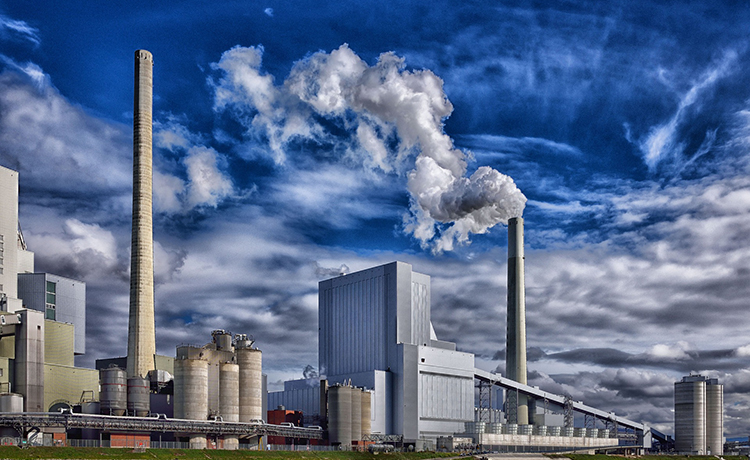Each year, our website gets many questions about electrostatic precipitators. How do they work, what are the advantages, and what maintenance can be expected? We’ve rounded up the top questions received this year, and resources to help you understand how these important pollution control systems work.
Where is an Electrostatic Precipitator (ESP) Used?
An electrostatic precipitator is used in smokestacks and flues to remove pollution. A wide variety of industries use the systems. Power generation facilities, industrial sites and anywhere waste-gas is generated benefit from this type of pollution control.
What are the Advantages of Electrostatic Precipitators?
Also called smoke precipitators, or electrostatic air cleaning systems, the ESP has many advantages. The systems are very durable and have low operating costs. Depending on the system installed, they can be used to collect dry and/or wet pollutants. They can handle heavy loads removing particles from gases and dust.
Are Electrostatic Precipitators Environmentally Friendly?
Yes. The electrostatic precipitator is an air purification tool. Once the particles are collected onto collection plates, they are disposed of in an environmentally-friendly manner, keeping the pollutants from entering the atmosphere.
What ESP Maintenance is Needed?
Electrostatic precipitator maintenance requires a knowledgeable millwright. The environment often requires high-heat techniques to clean, restore and maintain the system. Special detergents and cleaning materials are needed so that there is not a reaction with the metals and intricate parts of the cells. The amount of cleaning and ongoing maintenance needed varies depending on the frequency of use, materials removed and many other factors. We can tailor an ESP maintenance package specifically for your needs.
For more information, contact our engineering team. We’re happy to answer any Electrostatic Precipitator questions you may have.




